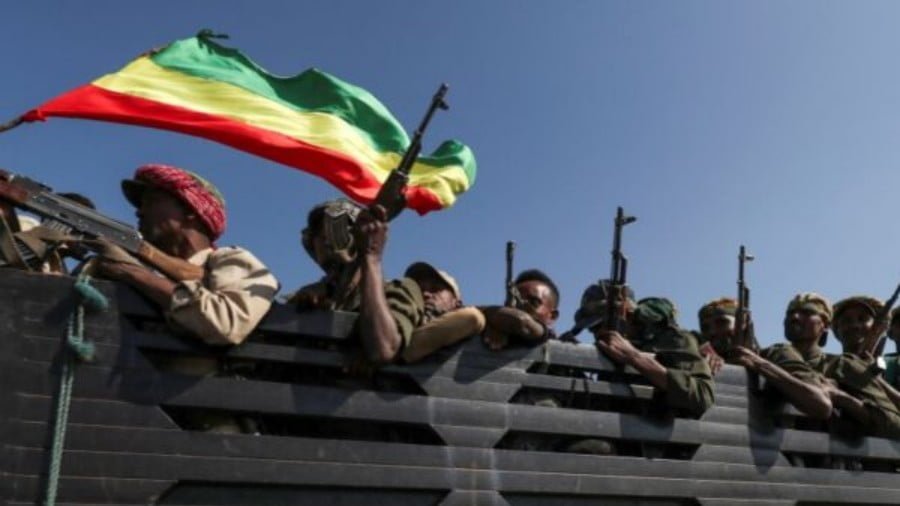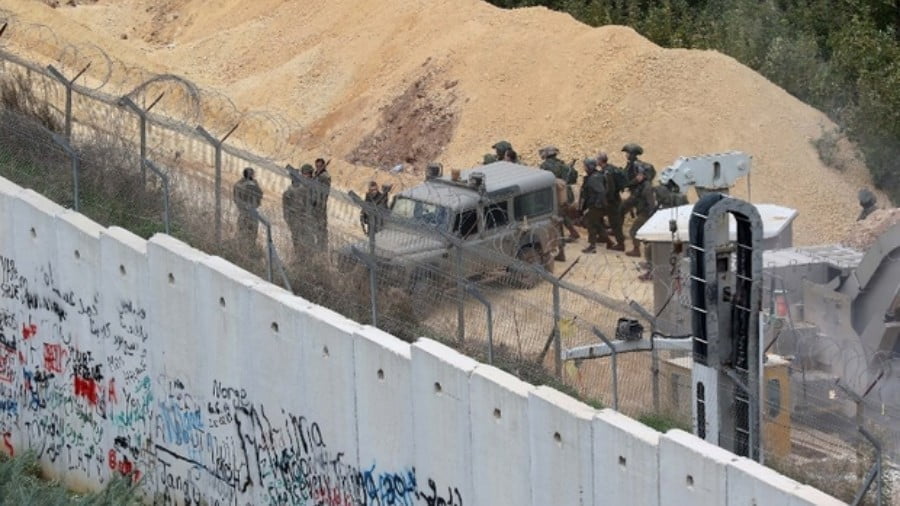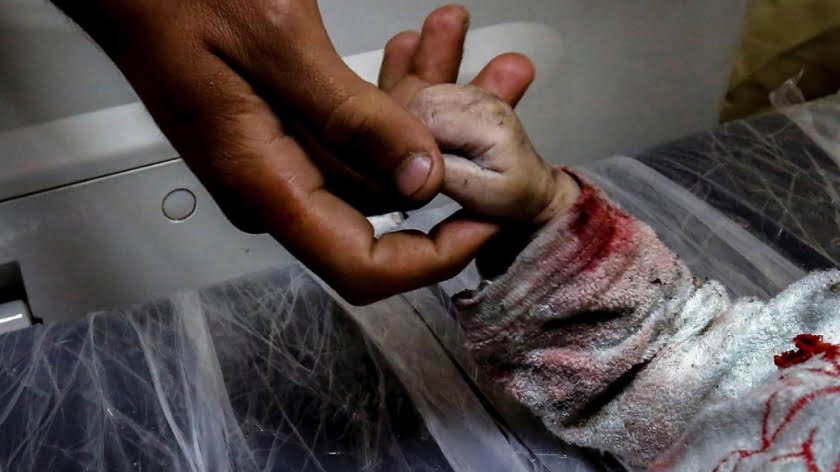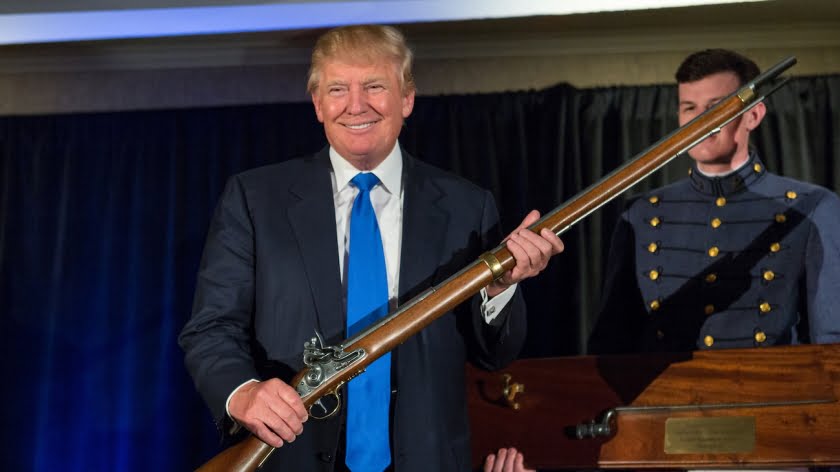Where Will the Crisis in Ethiopia Lead?
In Africa, more and more conflicts are moving from previously “sluggish” stages to “hot.” This trend is confirmed by the recent events in Mozambique along with development of Morocco’s situation with the integration of Western Sahara recognized by several states of the world as the territory occupied by Moroccans, the recent attempt of a military coup in Mali, the Libyan crisis, and the armed conflict in Ethiopia. Although various opposing forces participate in all these events, more and more clearly, “external players” are often seen behind their backs, trying to use ethnic and religious contradictions for their purposes. Simultaneously, what is striking is that basically, such a struggle for dominance is taking place in African countries rich in natural resources or having a geostrategic advantage, which is the primary reason for the loosening of the situation in them by “external forces.”
In addition to ongoing attempts by the terrorist group DAESH (banned in the Russian Federation – ed.) to create an “African bridgehead” after the defeat in the Middle East, in the “confrontation” that has grown in recent years on African soil, “external actors” are increasingly seen trying to secure regional dominance. Today, the Chinese, Americans, British, Turks, and French have settled in Africa along with many other influential actors of global politics. Therefore, a political and military confrontation in this vital region will continue to grow. Those used to solving some issues with the help of force are already demonstrating their readiness.
An example of a mixture of internal problems and external actors’ activities is Ethiopia’s escalating armed conflict in recent weeks.
According to a recent study by the Center for Global Development (USA), Ethiopia is the new “African China.” All the fundamental factors are already in place to achieve such an ambitious goal in the next 5-10 years. The country shows the dynamics of an increase in the gross product at 10% per year, ranking third after China and Myanmar in the top ten nations with the highest GDP per capita growth rates, with its GDP standing at a whooping 277%! However, the population is growing at the same high rate, which last year exceeded 100 million, and in the next 30 years may reach 190 million. In recent years, Ethiopia has been implementing a comprehensive plan for economic restructuring, suggesting that by 2025 it will become the manufacturing center of Africa in industries such as textiles, leather, food processing, pharmaceuticals, and energy. All this leads to clear financing resources, such as foreign direct investment of more than $10 billion a year, including an enormous Chinese investment portfolio, especially within the Belt and Road project. Ethiopia is a member of the Asian Infrastructure Investment Bank, possessing significant project potential with real funding sources.
No surprises that the American company Stratfor in its annual forecasts has repeatedly pointed out that Ethiopia’s systemic regional strengthening is becoming a key trend. Ethiopia was called a “rising star” capable of actively attracting investments from China and Arab countries, first and foremost from the UAE, particularly, in transport, energy, industry, mining, and tourism.
However, despite these seemingly excellent prospects, a severe armed internal conflict between the central authorities and the Tigray People’s Liberation Front (TPLF) has been mushrooming since mid-2020. TPLF is the leading player in the recent Ethiopian People’s Revolutionary Democratic Front (EPRDF) which fought against the Mengistu Haile Mariam Dictator’s regime and overthrew him in 1991.
Tigray is a small province in the north of the country with 9 million people (less than 10% of the entire state’s population), having close ties with China in the recent period. Natives of Tigray for many years occupied a prominent place in the management of Ethiopian politics. The command staff of the army mainly consisted of Tigrayans. Also, the country’s best weapons, including a significant amount of heavy weapons, were at bases in the province of Tigray. The young and ambitious Abiy Ahmed Ali, chairman of the Oromo Democratic Party, which is part of the EPRDF, came to power in 2018 as prime minister. He fought tribalism in the country and the claims of the TPLF because of the desire of the central authorities to exclude people from this province from participating in governing the country.
It is worth noting that in his confrontation with China’s growing influence and the internal conflict with the Tigray province, Abiy Ahmed Ali, since his assumption of power, has been enjoying active support from the United States which, mainly through Western intellectuals, in order to enhance his status contributed to his being awarded the 2019 Nobel Peace Prize.
In August, Ethiopia was supposed to elect a new parliament. Due to the coronavirus epidemic however, it was decided to postpone the elections indefinitely, although the incidence of COVID-19 in this country is very low. In disagreement with the central authorities’ decision regarding it as a usurpation of power, the Tigray province held regional elections, formed a new parliament, declaring Prime Minister Abiy Ahmed Ali illegitimate. In response, the Ethiopian parliament voted to strip Tigray of federal funding worth $ 281 million for this fiscal year. This decision was followed by an armed confrontation in early November. On November 3, TPLF rebels attacked military targets in the Ethiopian town of Mek’ele, killing several Ethiopian army personnel and seizing warehouses. On November 20, they launched a missile attack on the town of Bahir Dar in the neighboring Amhara province, where one of the largest bases of the Ethiopian Air Force is located. In response, Abiy Ahmed, the Prime Minister of Ethiopia, ordered army units to Tigray to restore order in the region. The Ethiopian Air Force launched airstrikes on military targets in Mek’ele, Tigray’s capital, and its surrounding.
In the first few weeks, the conflict had already claimed thousands of lives. Due to the massive outflow of the Tigray province residents, a full-scale humanitarian crisis is unfolding in Ethiopia. As the United Nations High Commissioner for Refugees announced on November 17, according to the UN agency, up to 4 thousand people leave the area daily. International organizations call on the warring parties in Ethiopia to end the armed confrontation and resolve the accumulated internal problems during negotiations.
Analysts do not exclude that the United States may be involved in aggravating the contradictions between the central authorities of Ethiopia and the Tigray province due to the competition with China. There is also a possibility that the United States may enter the war directly to protect its citizens in this country, giving Washington the right to enter this pro-Chinese region (located at the junction of Eritrea, Sudan, including Ethiopia itself) to stay there indefinitely.







